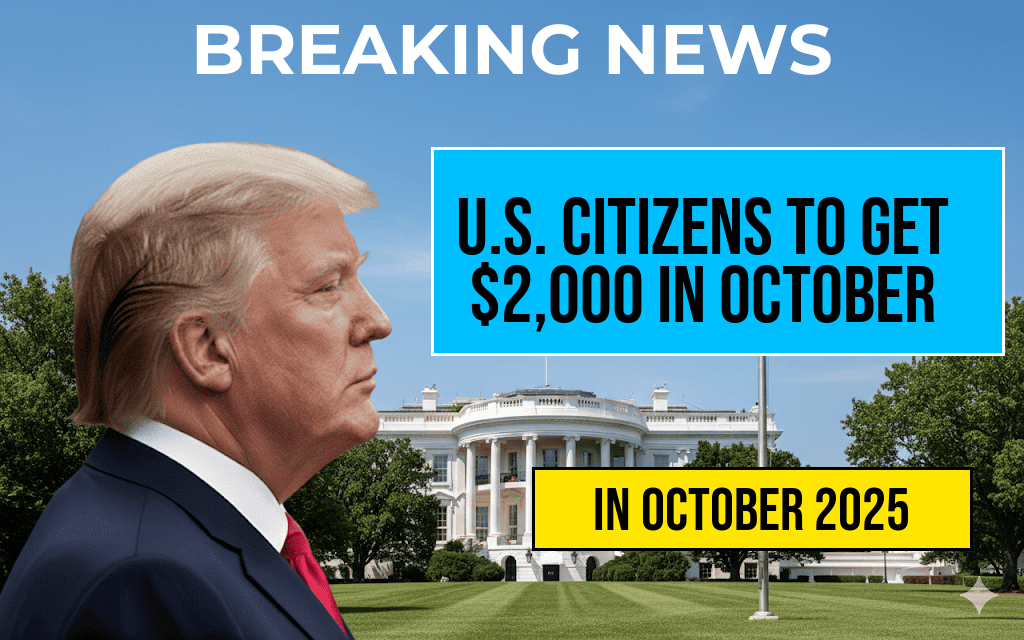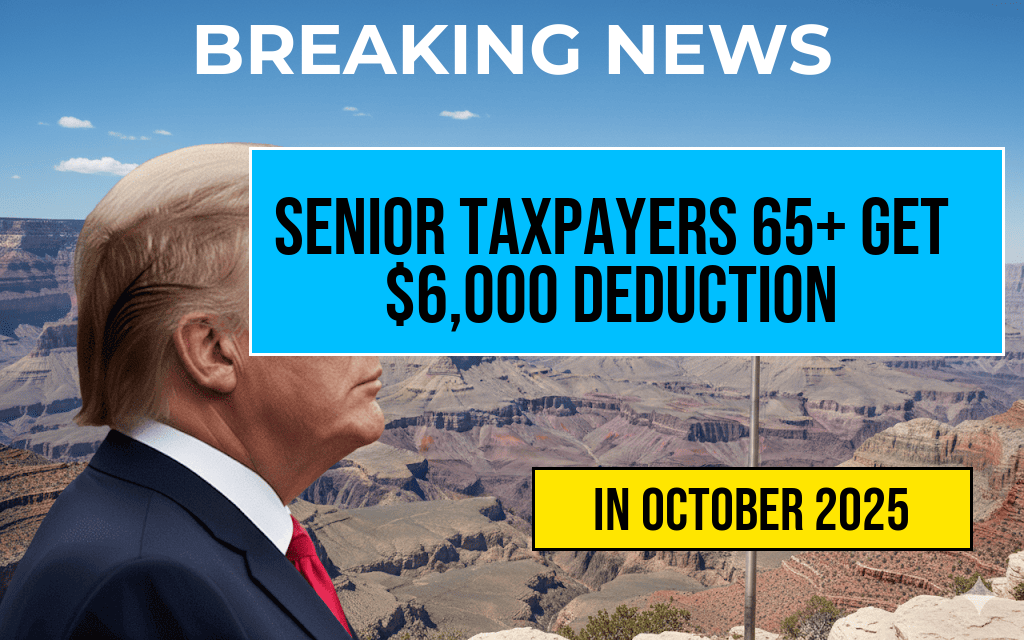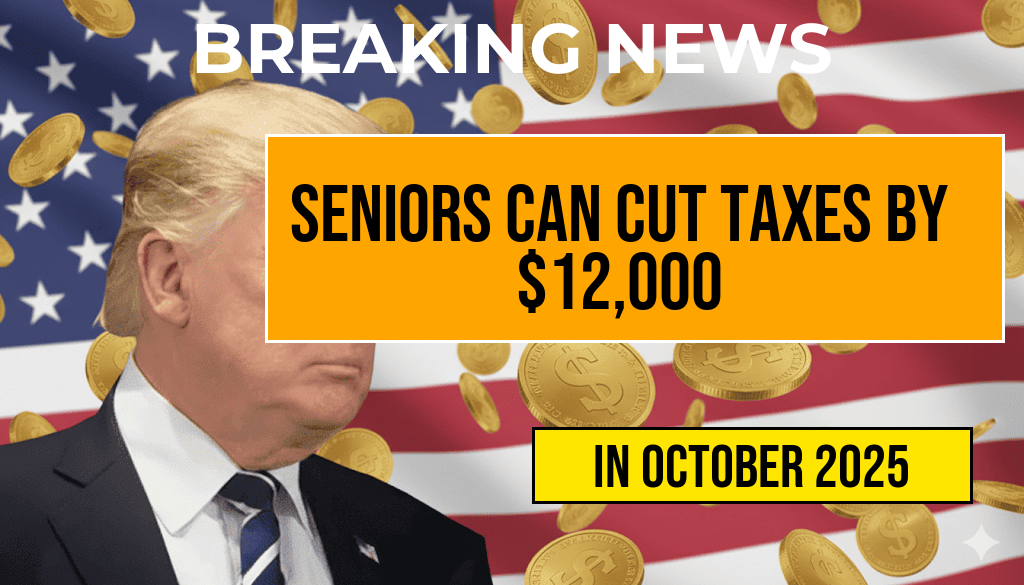U.S. citizens are set to receive a $2,000 direct deposit in October 2025 as part of a recent government initiative aimed at providing financial relief. This one-time payment, announced by federal officials, is targeted at qualifying individuals and families to help offset economic challenges. The program’s rollout is scheduled to begin in early October, with payments expected to be disbursed over the course of several days. The Internal Revenue Service (IRS) has issued guidance detailing eligibility criteria, the payment schedule, and steps recipients should take to ensure they receive their funds promptly. As the government moves forward with this initiative, millions of Americans are eager to understand how they qualify and what to expect during the distribution process.
Eligibility Criteria and Qualification Process
The $2,000 direct deposit is part of a broader effort to support low- and middle-income households. According to IRS guidance, eligibility hinges on several key factors:
- Filing status and income levels: Individuals earning below a specified threshold, as well as certain married couples and heads of household, are eligible.
- Tax filing requirements: Applicants must have filed a 2024 tax return or have an eligible recent filing to qualify for the payment.
- Residency status: Only U.S. citizens residing in the country on the date of distribution are eligible.
Additional considerations include compliance with tax obligations and any prior benefits received from similar government programs. The IRS has emphasized that no action is needed for eligible taxpayers to receive the payment, as most will be automatically processed based on their recent tax filings. However, those who did not file taxes or have complex financial situations are encouraged to consult the official IRS website for guidance on how to verify their eligibility.
Payment Schedule and Disbursement Details
The IRS has outlined an estimated timeline for the distribution of the $2,000 payments:
| Date Range | Number of Payments | Notes |
|---|---|---|
| October 1–7 | Approximately 30% | Initial batch of recipients, primarily those who filed early or have direct deposit information on file |
| October 8–15 | Additional 40% | Remaining eligible individuals with direct deposit details confirmed |
| October 16–31 | Remaining payments processed | Recipients relying on mailed checks may experience delays beyond this window |
Most eligible taxpayers who have provided their banking information will see the funds deposited directly into their accounts shortly after their scheduled date. Those expecting checks via mail should plan for potential delays, especially given postal service variability. The IRS recommends verifying contact information and banking details through its secure portal to avoid processing issues.
Guidance from the IRS and Next Steps for Recipients
The IRS has issued detailed instructions to facilitate smooth disbursement of the payments. Key points include:
- Automatic processing for most taxpayers based on recent tax filings and direct deposit information.
- Instructions for updating contact or banking information through the official IRS portal or taxpayer assistance lines.
- Steps for individuals who did not file taxes in 2024 but believe they qualify, including applying through designated channels.
Taxpayers are encouraged to review their filing status and ensure their details are current to avoid delays. The IRS will also provide updates via its newsroom and social media platforms as the distribution progresses.
Additional Support and Considerations
Alongside the direct deposit, the government has announced complementary resources for affected households. These include:
- Information on how to access financial counseling and assistance programs.
- Guidance for those who may not qualify for the $2,000 payment but still need support, such as unemployment benefits or local aid programs.
- Legal and tax advice options for recipients with complex situations, available through IRS partnerships and nonprofit organizations.
Experts advise recipients to keep documentation of their eligibility and communication with the IRS for future reference. While the program aims to provide swift financial relief, understanding the full scope of available resources can enhance the impact of the payout.
As the October 2025 disbursement approaches, many Americans are paying close attention to official updates to ensure they are prepared. The IRS’s transparent guidance and detailed schedule aim to streamline the process and minimize confusion, making this one of the most anticipated federal payments in recent years.
Frequently Asked Questions
Who is eligible to receive the $2,000 direct deposit in October 2025?
U.S. citizens who meet the specified eligibility criteria outlined by the IRS, including certain income and filing requirements, will qualify to receive the $2,000 direct deposit in October 2025.
When will the $2,000 payments be deposited into eligible citizens’ accounts?
The payments are scheduled to be deposited via direct deposit in October 2025, with specific dates depending on the IRS processing timeline and individual bank schedules.
How can I confirm if I am eligible for the $2,000 payment?
You can confirm eligibility by reviewing the IRS guidelines and ensuring your filing status and income level meet the specified criteria. The IRS will also provide notifications to eligible recipients.
What should I do if I do not receive the $2,000 payment in October 2025?
If you do not receive the payment by the expected date, you should check your payment status through the IRS portal and consider contacting the IRS for assistance or to report any issues.
Are there any tax implications associated with the $2,000 payment?
According to the IRS guidance, the payment is intended as direct assistance and may not be considered taxable income. However, it is advisable to consult a tax professional for personalized advice.






